The Us War With Mexico, also known as the Mexican-American War, was a significant conflict that spanned from April 1846 to February 1848. This war dramatically reshaped the map of North America, stemming from territorial disputes and the expansionist ambitions of the United States. The outcome saw the U.S. gain vast territories from Mexico, forever altering the relationship between the two nations and raising profound questions about American expansionism and its consequences.
Seeds of Conflict: Texas Annexation and Border Disputes
The roots of the US war with Mexico can be traced back to the annexation of Texas by the United States in 1845. Texas had declared independence from Mexico in 1836, but Mexico never fully recognized this independence and considered Texas a rebellious territory. When the U.S. annexed Texas, Mexico viewed it as a direct act of aggression.
Further complicating matters was a disagreement over the southern boundary of Texas. Mexico maintained that the Nueces River was the border, while the U.S. claimed the Rio Grande, a much larger expanse of land further south. This territorial dispute became a major point of contention, fueled by the prevailing American ideology of Manifest Destiny – the belief that the United States was divinely ordained to expand its dominion across the North American continent to the Pacific Ocean.
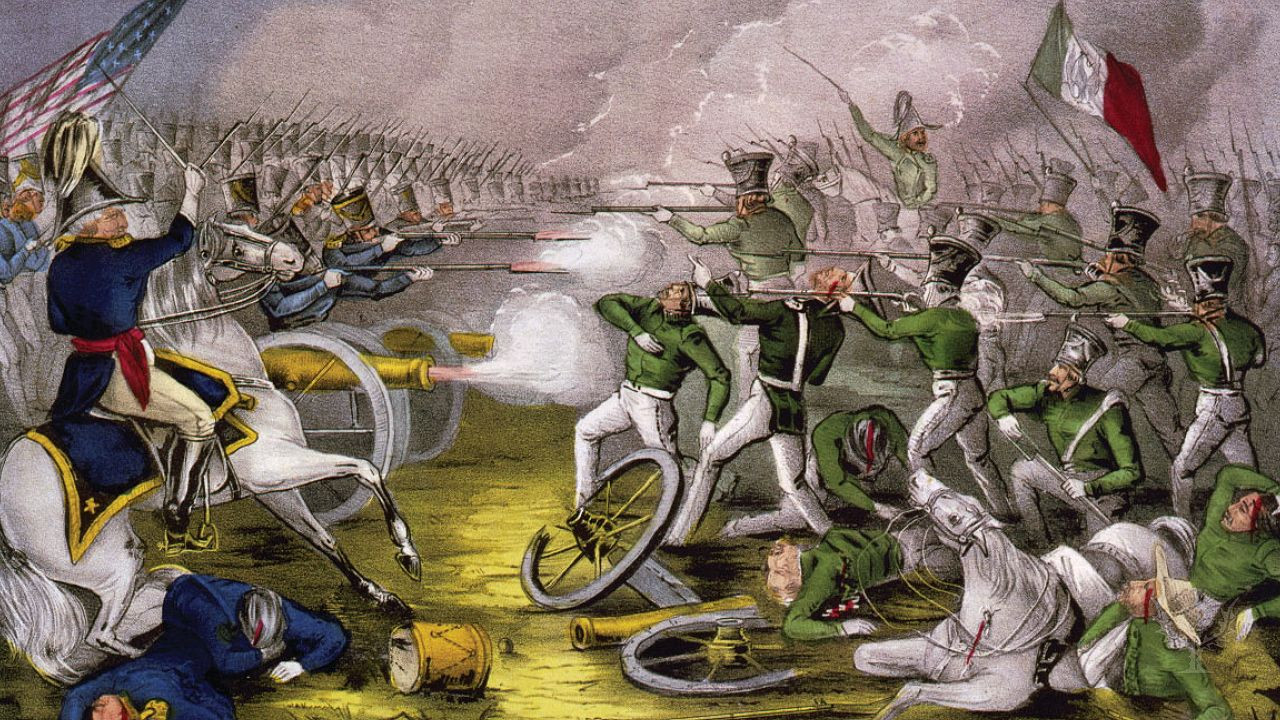 How the Mexican-American War changed the U.S. forever
How the Mexican-American War changed the U.S. forever
Escalation to War: Polk’s Ambitions and “American Blood on American Soil”
President James K. Polk, a staunch advocate of Manifest Destiny, played a pivotal role in escalating tensions. He desired to acquire California and New Mexico from Mexico, territories rich in resources and strategically important. In 1845, he sent John Slidell to Mexico City to negotiate these acquisitions, along with resolving the Texas border issue and settling outstanding U.S. claims against Mexico. However, the Mexican government, already angered by the annexation of Texas and aware of Slidell’s intentions, refused to receive him.
In response to this rejection, Polk ordered General Zachary Taylor to move troops into the disputed territory between the Nueces River and the Rio Grande in January 1846. This move was a clear provocation. On April 25, 1846, Mexican troops crossed the Rio Grande and clashed with Taylor’s forces, resulting in American casualties. Polk seized upon this incident to galvanize support for war.
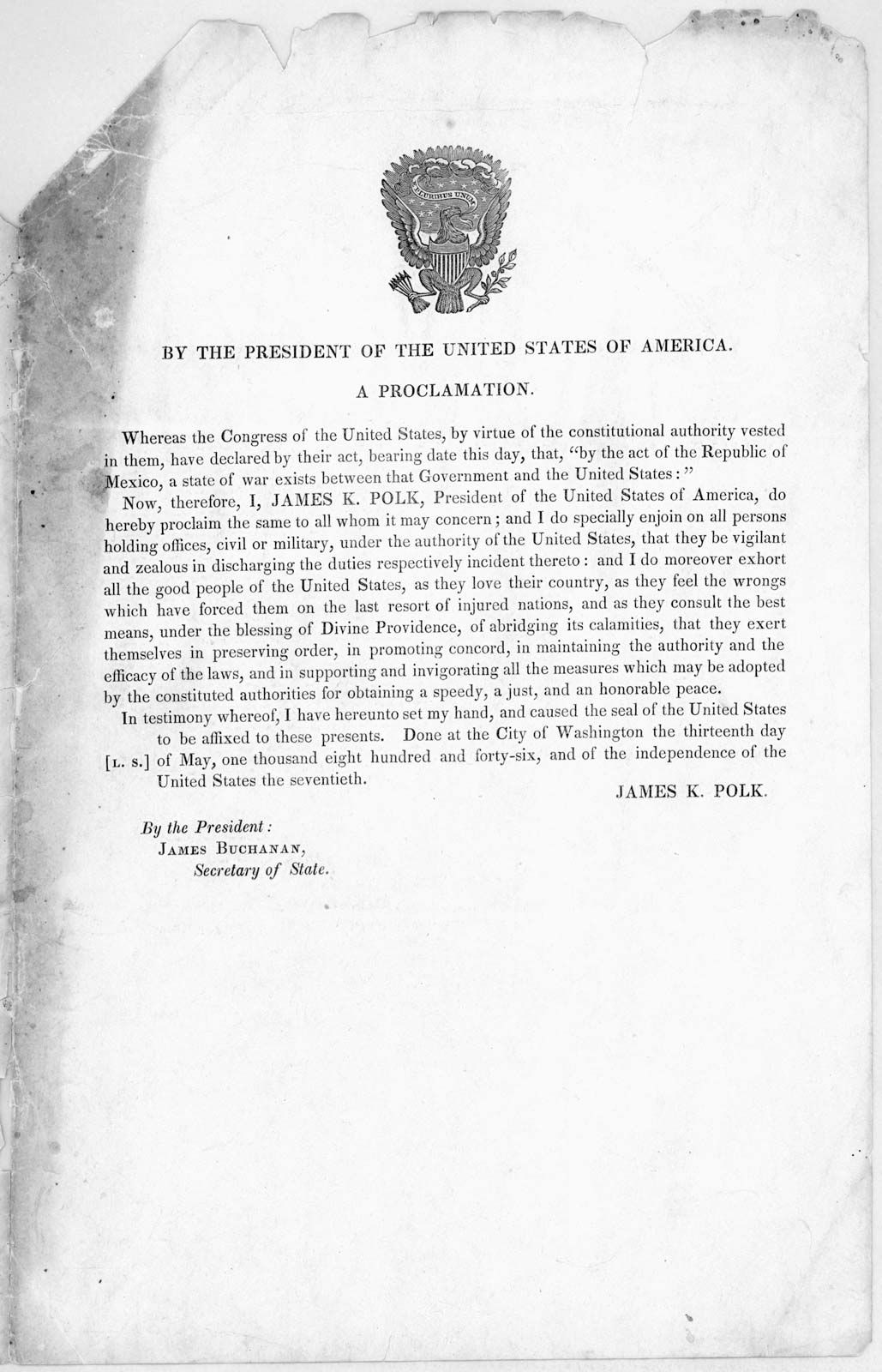 Mexican-American War: U.S. declaration of war
Mexican-American War: U.S. declaration of war
In a message to Congress on May 11, 1846, Polk declared that Mexico had “invaded our territory and shed American blood on American soil.” This rallying cry, though contested by some, successfully swayed Congress, and on May 13, 1846, the United States officially declared war on Mexico.
Domestic Opposition and Moral Dilemmas
Despite the wave of patriotic fervor, the US war with Mexico was not without significant opposition within the United States. The Whig Party, in particular, viewed the war as an unjust and immoral land grab by the Polk administration. They questioned the veracity of Polk’s claims about the location of the initial conflict and his right to unilaterally initiate war.
One of the most vocal critics was Abraham Lincoln, then a young Congressman from Illinois. Lincoln introduced the “Spot Resolutions,” challenging Polk to specify the exact “spot” where American blood was shed, questioning whether it was truly on American soil. This demonstrated the deep divisions within the U.S. over the justification for the war.
Abolitionists also strongly opposed the war, fearing it was a ploy by Southern slave states to expand slavery into new territories acquired from Mexico, thus increasing their political power. Henry David Thoreau famously protested the war by refusing to pay taxes and writing his influential essay “Civil Disobedience,” arguing that individuals have a moral obligation to resist unjust government actions.
American Victories and the Treaty of Guadalupe Hidalgo
Despite domestic opposition, the US military forces, led by generals like Zachary Taylor and Winfield Scott, achieved consistent victories throughout the war. Key battles included Palo Alto, Buena Vista, Cerro Gordo, Contreras, and Chapultepec. American forces ultimately captured Mexico City in September 1847, effectively ending the war.
The Treaty of Guadalupe Hidalgo, signed in February 1848, formally concluded the US war with Mexico. In this treaty, Mexico ceded a vast territory to the United States, encompassing present-day California, Nevada, Utah, Arizona, New Mexico, and parts of Colorado, Wyoming, Kansas, and Oklahoma. In return, the U.S. paid Mexico $15 million and assumed claims of American citizens against Mexico.
Long-Term Consequences and Legacy
The US war with Mexico had profound and lasting consequences for both countries. For the United States, it fulfilled Manifest Destiny and significantly expanded its territory, paving the way for its rise as a continental power. However, it also reignited the contentious issue of slavery, as the question of whether slavery would be allowed in these new territories deepened the divide between the North and South, ultimately contributing to the outbreak of the American Civil War.
For Mexico, the war was a national trauma, resulting in the loss of a significant portion of its territory and a lasting sense of resentment. The war continues to be a complex and debated topic in both countries, remembered as a pivotal moment in their shared history, marked by expansionism, conflict, and enduring questions of justice and national identity.
[
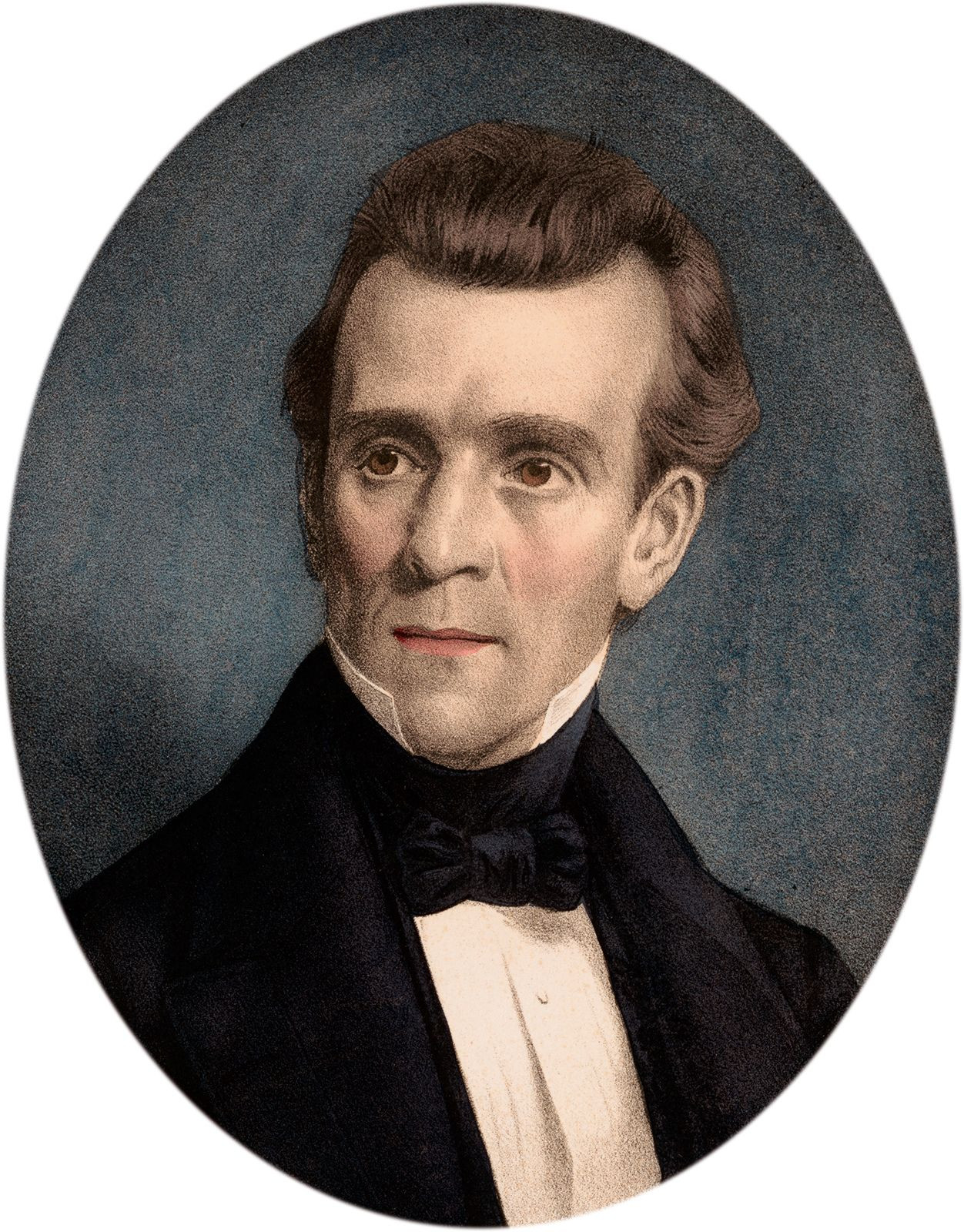 James K. Polk
James K. Polk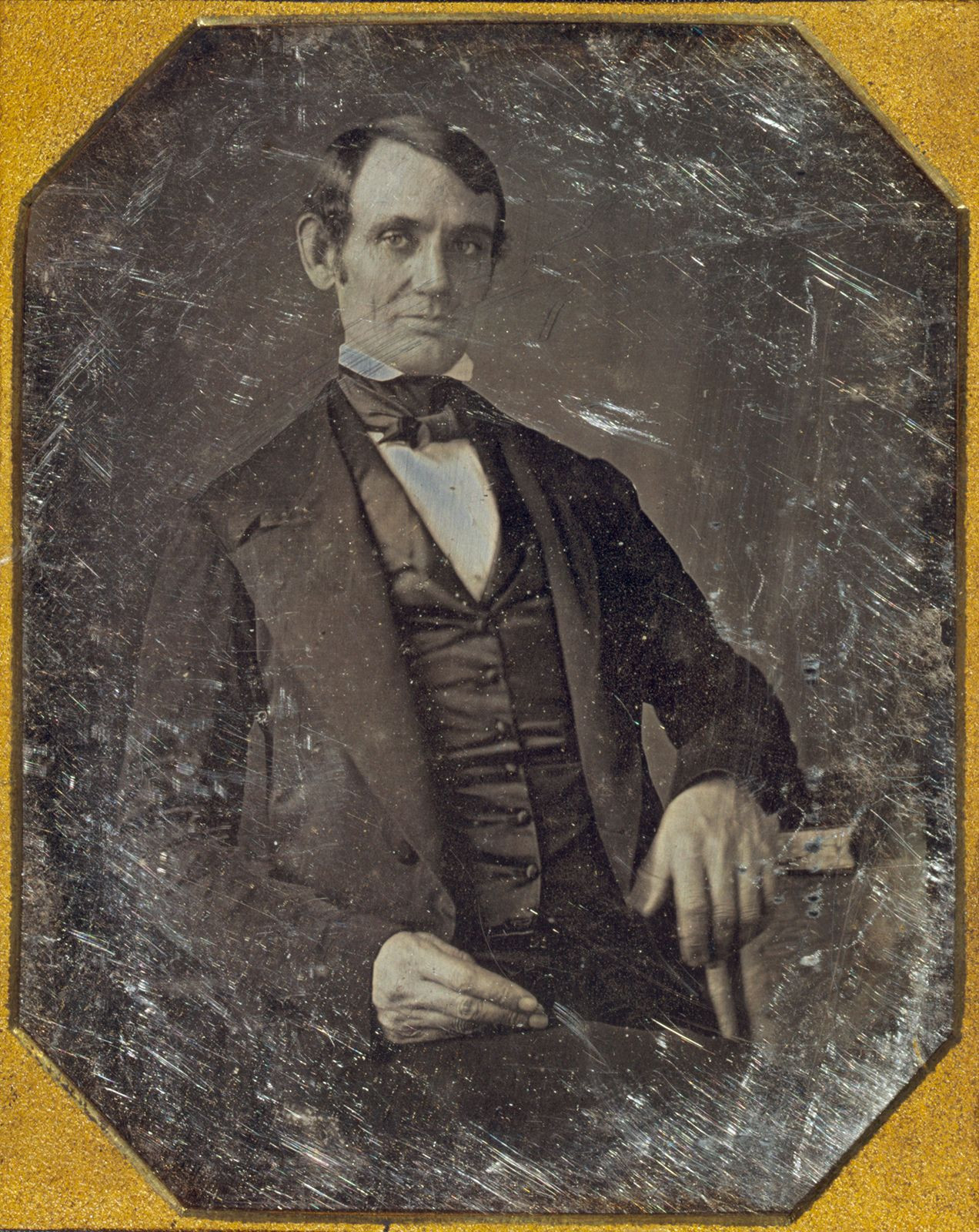 Abraham Lincoln
Abraham Lincoln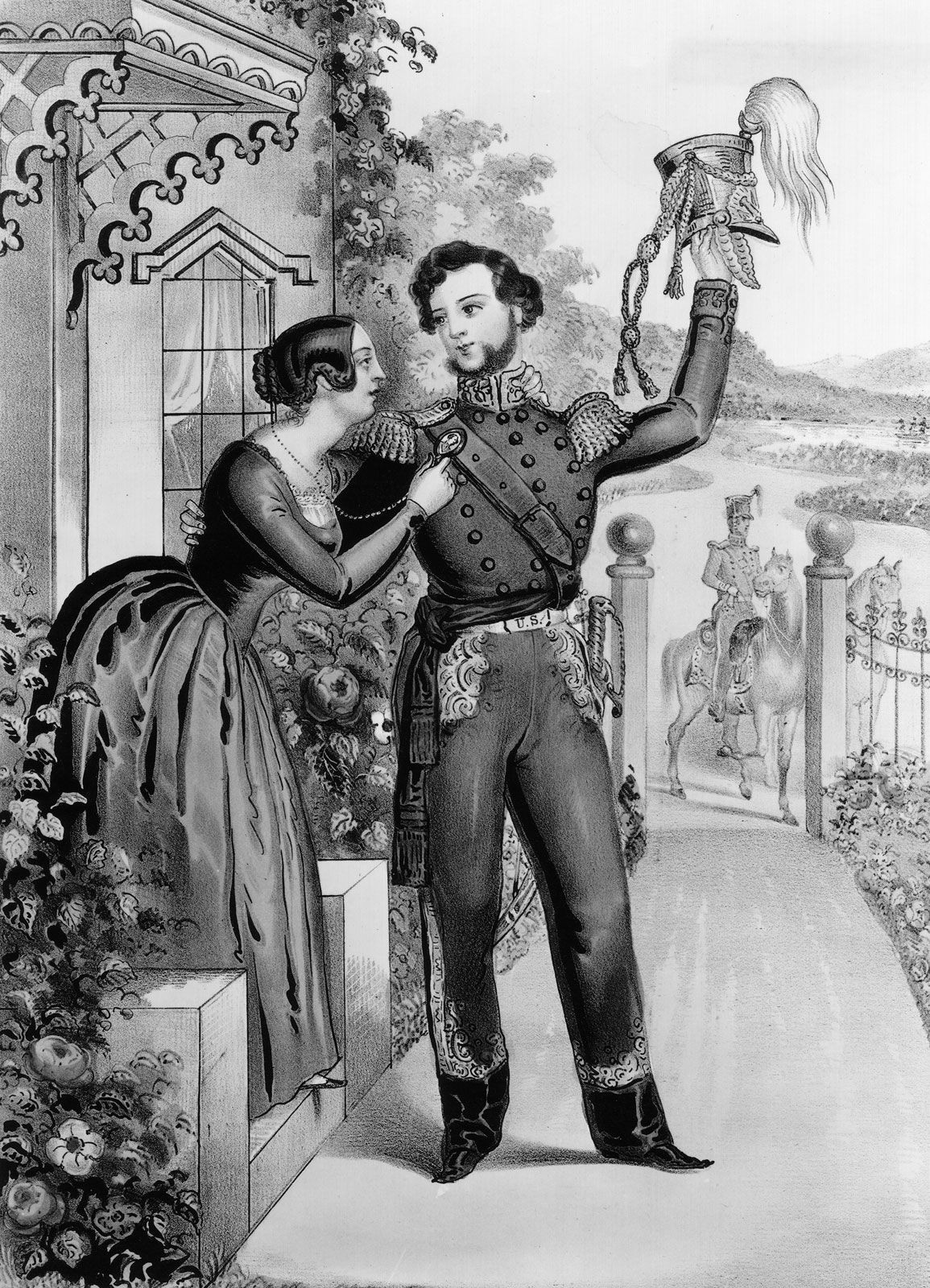 Soldier
Soldier